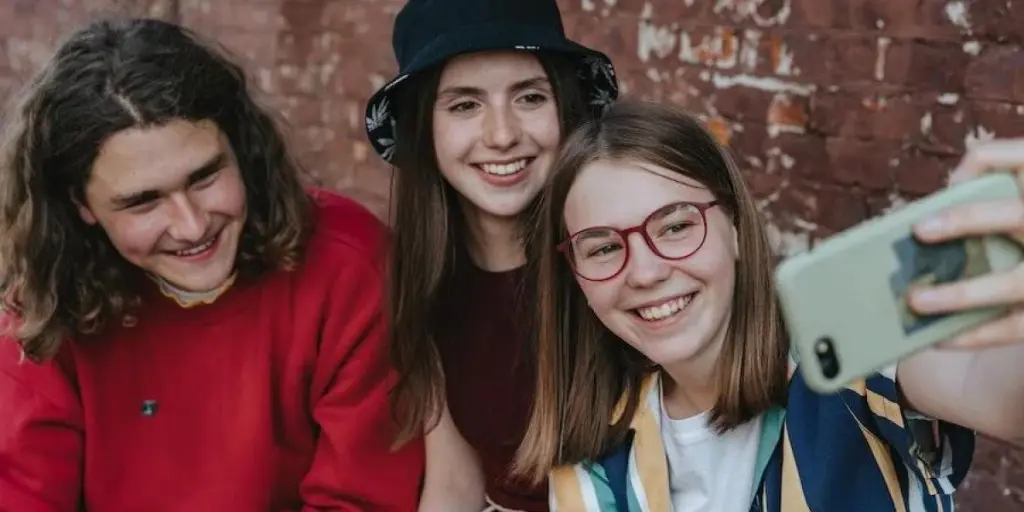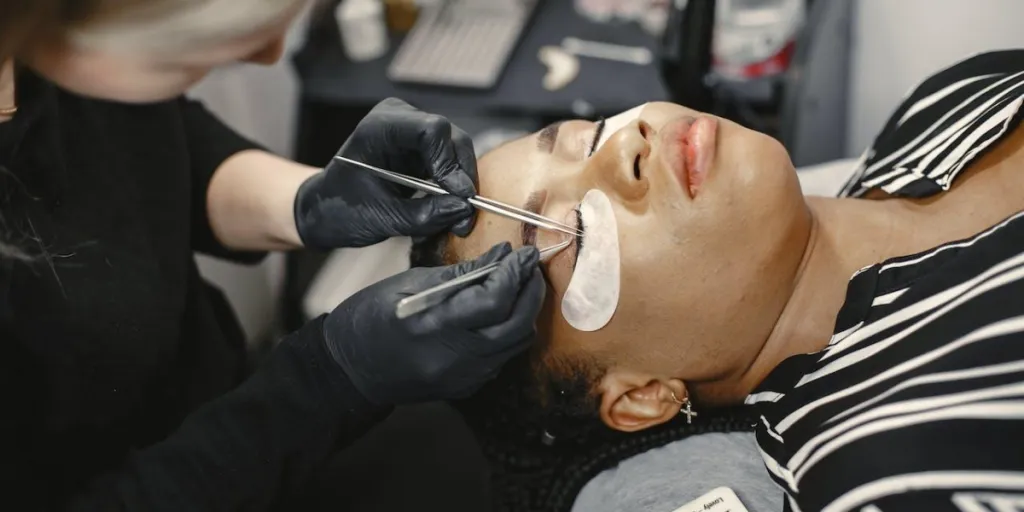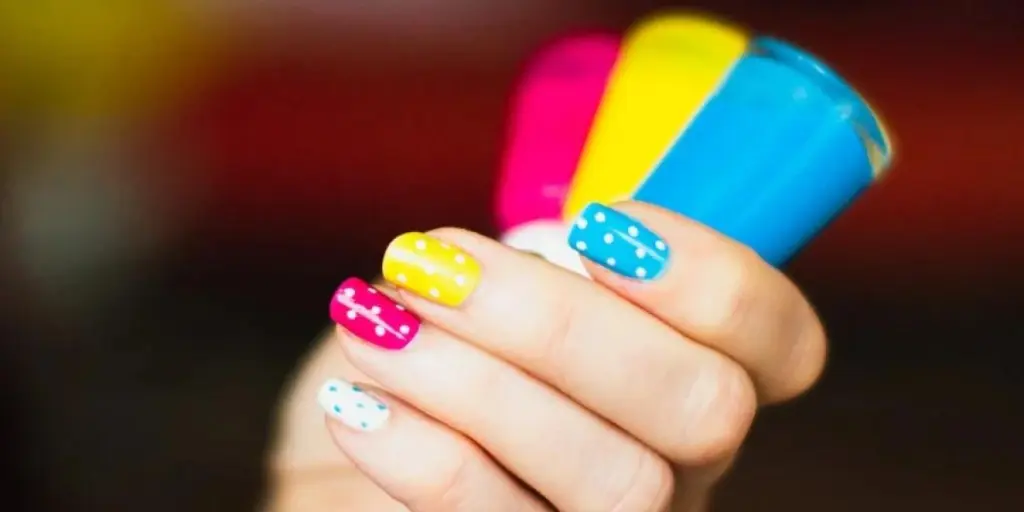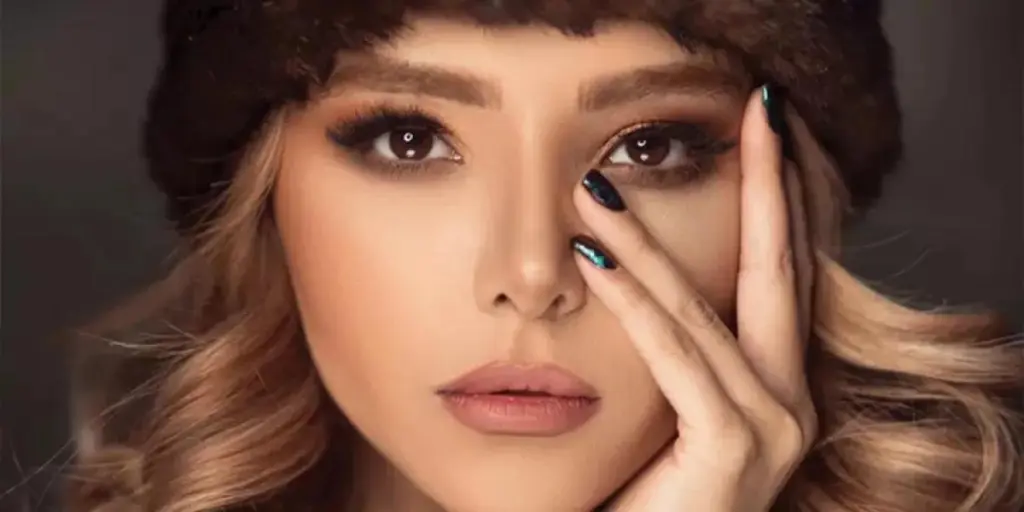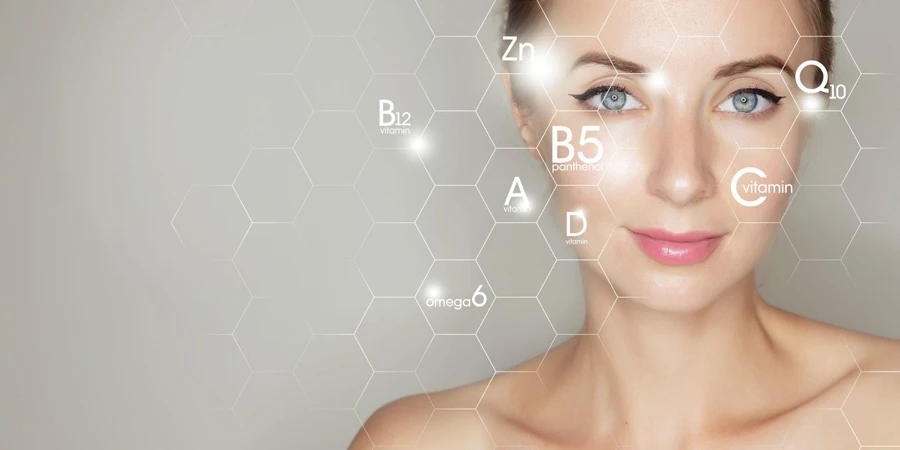In-betweener beauty practices are emerging as teens and tweens embark on self-discovery journeys. These consumers walk the line between children and young adults, playing a critical role in shaping the product needs of young beauty users.
Consumers for in-between trends include the youngest of Gen Z and the oldest of Gen Alpha. These young consumers showcase the need to “glow up” fast and are turning towards social media platforms like TikTok for beauty routines.
Find out five outstanding teens and tweens beauty trends to appeal to younger audiences and help them bypass the awkward teen and tween years.
Table of Contents
Demand for tween & teen beauty products in 2023
5 in-betweener beauty trends that will rock 2023
Capitalize on these trends
Demand for tween & teen beauty products in 2023
In 2021, the global cosmetic market reached US $287.94 billion in market size. However, marketing experts estimate the industry will expand to US $415.29 billion by 2028 with a 5% compound annual growth rate (CAGR) over the 2021–2028 forecast period.
Surging demand for make-up and skincare products is positively driving this market’s growth, and teens and tweens are active participants. Both boys and girls use skincare products to create positive self-images without looking too grown-up.
In-between beauty products also accommodate other categories that help youngsters adjust to their changing bodies. Although the initial reception for teens’ and tweens’ beauty products was unfavorable, businesses can expect more trends supporting experimentation and self-expression to be popular in 2023.
5 in-betweener beauty trends that will rock 2023
Beginner grooming

Redefine male teens’ and tweens’ hygiene care by opting for early grooming products. Usually, male consumers tend to hit puberty later than their female counterparts. The need for hygiene starts between the ages of nine and fourteen. These consumers will naturally gravitate towards products focusing on body odor, hair (particularly oily hair), and skin.
Although early grooming and hygiene kits for boys are less common, catering to their needs is just as essential as their female counterparts. Most brands in the grooming sector focus on the male demographic as a whole instead of age-specific products.
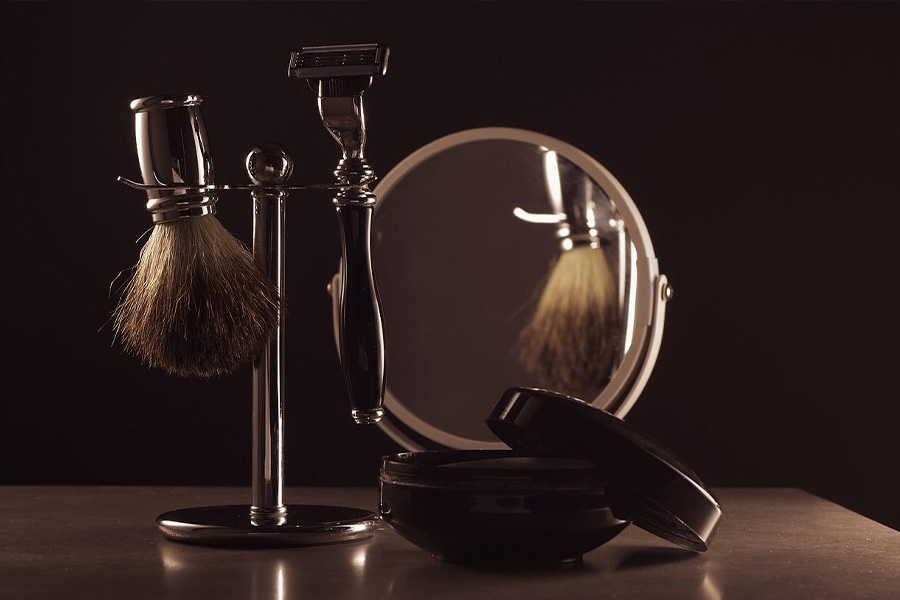
While beginner grooming is a minor beauty category, it offers many opportunities for businesses to expand product catalogs by focusing on young boys. They can provide shave starter kits for in-betweeners that cater to the changing and softer skin.
Likewise, retailers can provide themed bar soaps referencing popular movies and video games. This combo would have strong appeal for young boys.
Although it’s not in-betweener specific, businesses can offer non-toxic, 100% natural, and chemical-free skin- and body-care products for tweens, teens, and young adults.
First period care
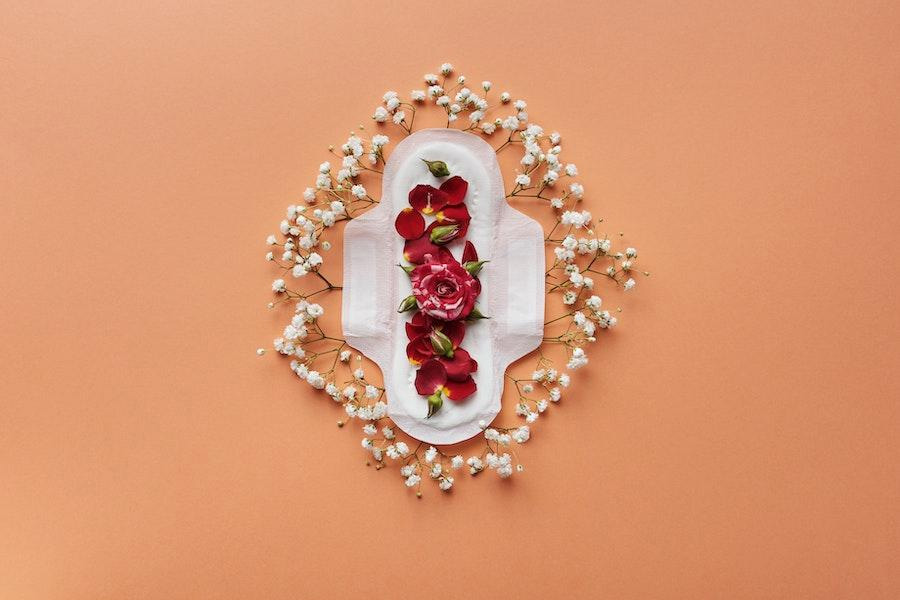
Nothing is embarrassing about first periods, though most young consumers think otherwise. When period underwear brand Thinx and nonprofit PERIOD conducted research, it showed that 76% of U.S. students menstruating between the ages of 13 and 19 indicated that periods have negative perceptions. 65% also agreed that society teaches young females to be embarrassed by their periods.
However, such notions are what the first-period care trend seeks to correct. Female puberty can kick in between the ages of eight and fourteen, making period care an essential category. More brands are engaging in conversations around period care to help transform the narrative from taboo to transparent.
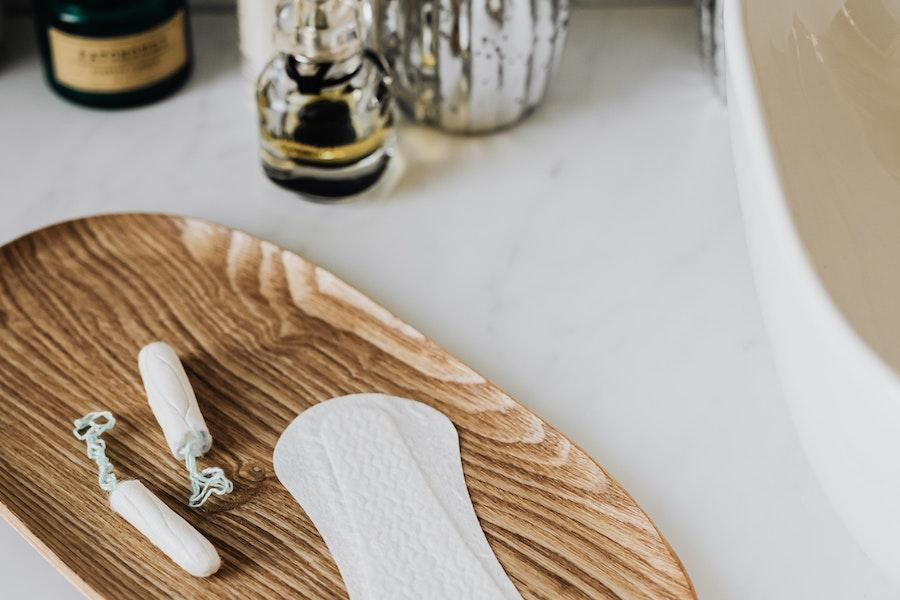
One great example of this is Disney’s ‘Turning Red’. The animation follows the story of a 13-year-old girl going through puberty. She turns into a big red panda whenever her emotions overwhelm her, mirroring first-period experiences in a way tweens can understand.
Although some adults may feel uncomfortable talking about periods, many brands, especially in western markets, are normalizing menstruation conversations through starter kits. Businesses can provide kits with educational guides, conversation cards, and cycle tracking stickers to ease youngsters into the period process while making them feel comfortable.
Filter face
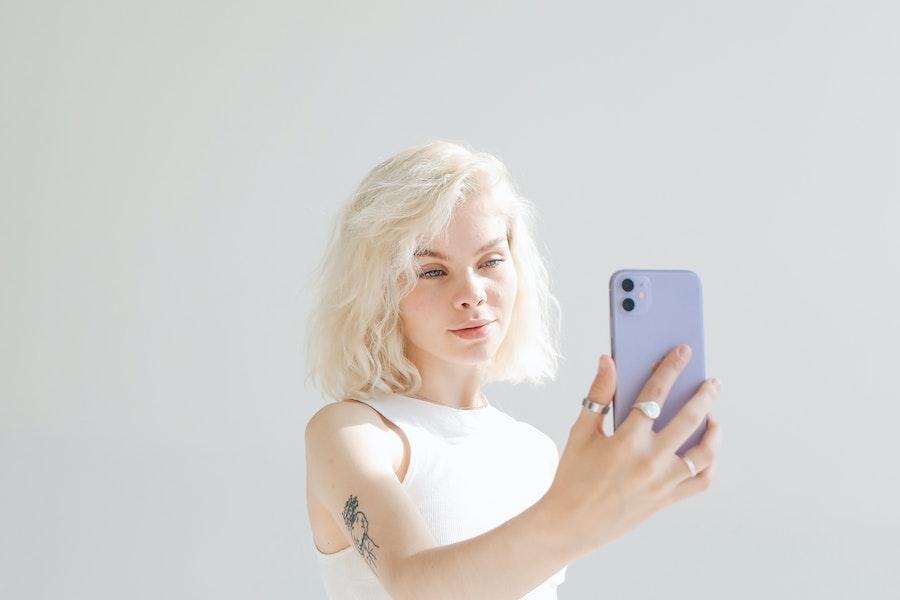
Social media is a big part of this generation of teens and tweens. It keeps motivating young audiences to grow up faster than their predecessors. Though this sounds like a good thing, there are some negative aspects. And beauty brands are seeking to address them with the filter face trend.
Most girls and adolescents are more prone to terrible well-being when exposed to heavy social media usage. They may experience more depressive symptoms, making them feel worthless and unhappy about their physical appearance.
Brands should note that physical appearance is more of an everyday obsession due to the pressure to follow viral trends on apps like TikTok. In truth, frequent beauty filter trends that slim jaw lines, blur blemishes, or make eyes look brighter can negatively impact a user’s self-perception.

But, it’s possible to turn these filters into educational tutorials and tools. Dove is an example of a brand in this niche. Dove’s “Reverse Selfie” campaign features a teenager modifying her appearance on an editing app, showing the depth of social media pressure.
More importantly, the brand aims to help 250 million tweens and teens achieve a positive body image by 2030.
Skincare training
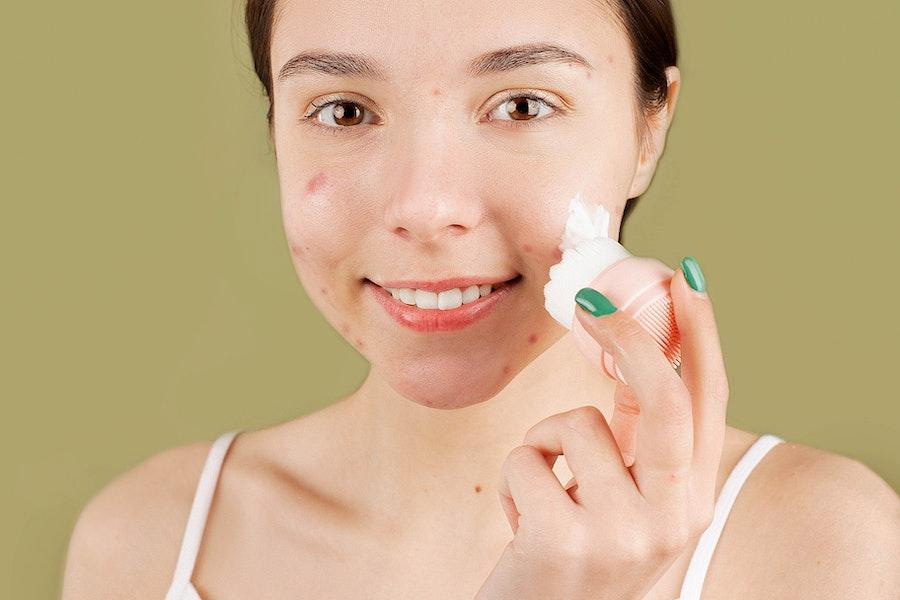
The “awkward” teen and tween years are like transformation periods. Younger consumers may notice changes to their skin as early as ten years old, making skincare routines essential.
Retailers must keep up with the growing trend as more in-betweeners look to social media for skincare advice and parents focus on safe products. Since these youngsters have unlimited access to celebrity and influencer skincare routines, it’s crucial to use products that support the changing skin, not work against it.
In-betweener skincare training should prioritize sensitive-skin formulations like SPF-infused blends, gentle cleansers, as well as lightweight and oil-free moisturizers.
Teens and tweens don’t need complex routines. Businesses should consider focusing on simple products to address common problems like acne and create satisfying rituals.
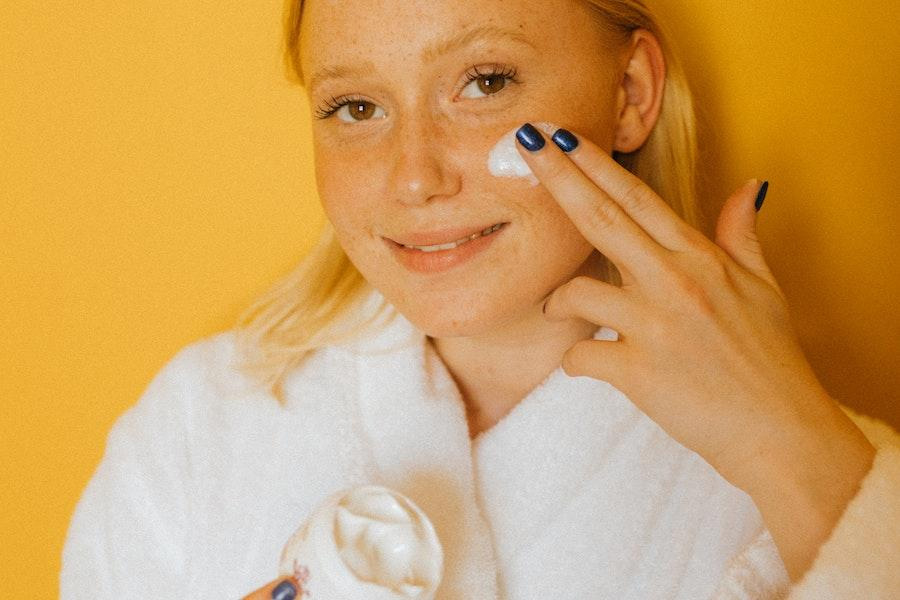
Some brands acknowledge the evolving needs of these consumers by providing gentle skincare products. They also support and help build effective healthy routines.
Consumers can also opt for age-specific skincare products for the 0–3, 3–6, and 7–12 age ranges. Retailers can also appeal to this cohort by offering products with playful packaging that helps build enjoyable and stress-free beauty routines.
Child’s play to face play
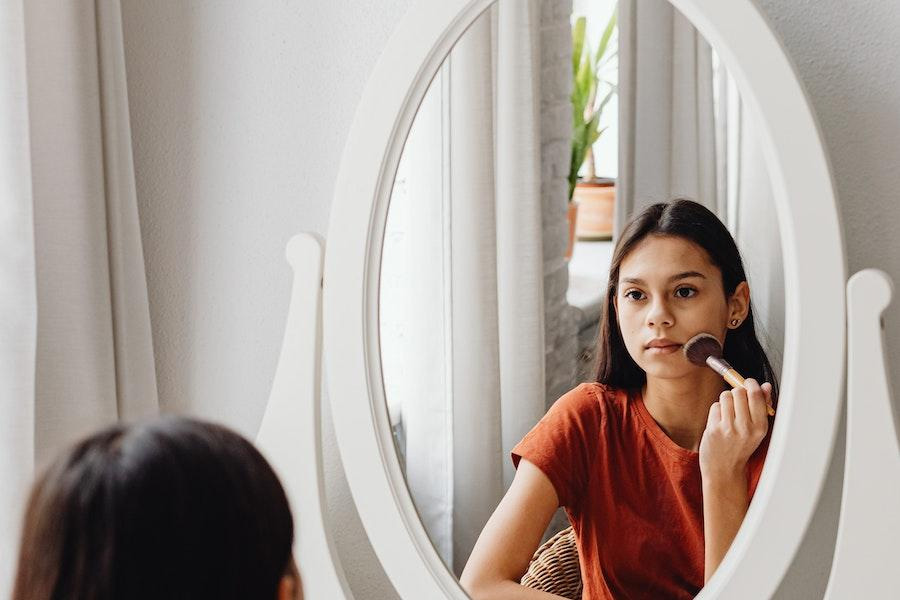
Social media continues to rest at the center of in-betweener beauty trends. It drives the need to look more confident, pushing more tweens and teens towards color cosmetics. However, more than half of teens in the U.S. use make-up for self-expression.
According to Mintel, 69% of boys and 90% of girls between the ages of nine and seventeen indulge in beauty products. The face play trend combines youthful curiosity with product exploration to give in-betweeners a creative outlet–on the same level as painting and art.
Face play also allows brands to join youngsters in their journey of self-discovery. Some businesses offer non-toxic and colorful products that give in-betweeners the leeway to experiment with different looks. Many brands also promote self-love by adding inspirational words to their packaging.
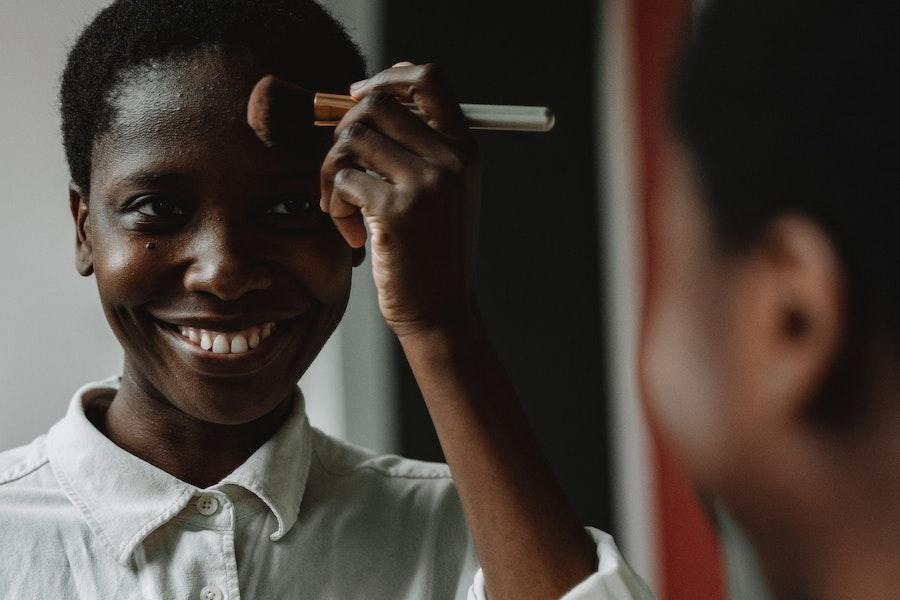
Teens and tweens want to join several beauty trends, and they demand products that mimic real make-up. They can opt for nut, paraben, and cruelty-free color cosmetics to replicate the make-up experience. In-betweeners can also use clean and sensitive formulas for carefree applications without breakout risks.
Young consumers can make things extra by opting for other beauty alternatives. They can also enjoy various foaming hair dyes or go wild with temporary tattoos.
Capitalize on these trends
2023 will encourage beauty experimentation and build safe environments for in-betweeners to discover themselves without judgment. Young consumers are demanding sensitive skincare products, hair care, and make-up as they evolve from their baby-soft skin.
Parents will also prioritize products that help introduce their youngsters to personal care. Products that usher in body and skin changes regardless of gender and race will help businesses tap into the teens and tweens beauty market.
Hence, beginner grooming, first-period care, filter face, skincare training, and face play trends are effective ways for businesses to attract younger consumers.
